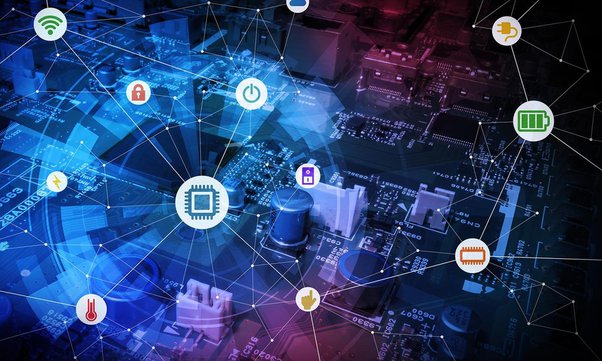Computing Power: Unraveling the Backbone of Modern Technology

Introduction to Computing Power:
Computing power, often referred to as processing power or computational capabilities, is the capacity of a computing system to execute complex tasks and solve intricate problems at remarkable speeds. This fundamental aspect of modern technology is a driving force behind innovation, enabling the efficient execution of a wide range of computational tasks that power our digital world.
Understanding Computing Power:
Computing power is commonly measured in terms of processing speed, which refers to the number of instructions a computer can execute in a given unit of time. The unit of measurement, Hertz (Hz), represents the number of cycles per second. Megahertz (MHz) represents millions of cycles per second, and Gigahertz (GHz) represents billions of cycles per second.
Processors and Computing Power:
Central Processing Units (CPUs), often considered the brain of a computer, are the primary contributors to computing power. The architecture, clock speed, and number of cores in a CPU directly influence its processing capabilities. Multi-core processors allow parallel processing, dividing tasks among multiple cores to enhance overall computing performance.
Significance in Technological Advancements:
The exponential growth in computing power has been a catalyst for groundbreaking technological advancements. As computing power increases, computers can handle more extensive and complex tasks, enabling the development of sophisticated software, artificial intelligence, data analysis, and virtual simulations.
Digital Revolution and Computing Power:
The digital revolution has been fueled by significant leaps in computing power. From the early days of mainframe computers to the modern era of cloud computing and supercomputers, the constant drive for more powerful processors has revolutionized industries, communication, and daily life.
Applications in Various Fields:
-
Artificial Intelligence (AI) and Machine Learning: AI algorithms require substantial computational power to process massive datasets and learn from them. The advancement of AI owes much to the increased computing capabilities that fuel intricate models and decision-making processes.
-
Scientific Research: Computational power is a cornerstone in scientific research, from simulating complex systems to analyzing vast volumes of data generated in fields like genomics, climate modeling, and particle physics.
-
Entertainment and Gaming: High-performance computing enables immersive gaming experiences and realistic graphics. Gaming companies continually seek to harness more computing power to create virtual worlds with enhanced realism.
-
Cryptocurrency and Blockchain: The mining and verification processes in cryptocurrency networks rely heavily on computational power. Increased computing capabilities are sought after to strengthen the security and efficiency of blockchain-based systems.
Conclusion:
Computing power is the lifeblood of modern technology, propelling us into an era of endless possibilities. As the world witnesses the rapid evolution of computing capabilities, industries, research, and everyday life are reshaped. The pursuit of greater computing power remains a driving force behind innovation, expanding horizons in AI, scientific research, entertainment, and more. As we continue to unlock the full potential of computing power, the digital world will undoubtedly witness even more extraordinary technological advancements in the years to come.
529 0 7
Write a Comments
* Be the first to Make Comment















